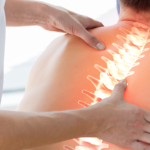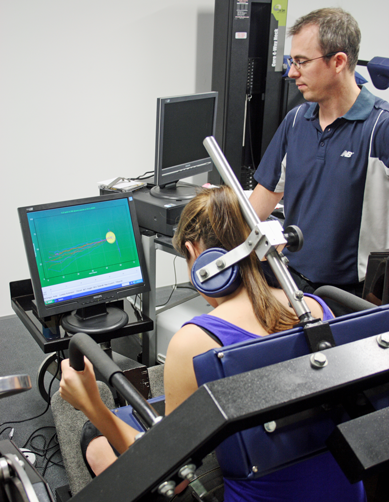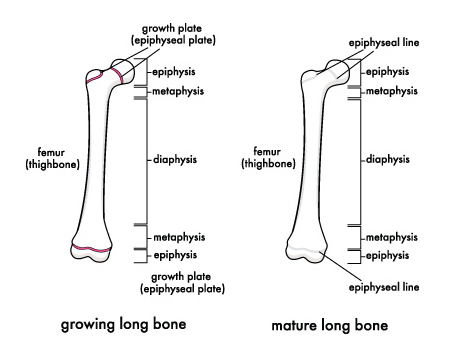Adolescent Scoliosis
 Functional Physio is a foremost provider of scoliosis treatment. Because of our expertise in the treatment of back and neck injuries we were invited by one of the world’s leading spinal surgeons, Professor Vert Mooney of University of California, to participate in a study on Managing Adolescent Scoliosis utilising our specific spinal strengthening equipment.
Functional Physio is a foremost provider of scoliosis treatment. Because of our expertise in the treatment of back and neck injuries we were invited by one of the world’s leading spinal surgeons, Professor Vert Mooney of University of California, to participate in a study on Managing Adolescent Scoliosis utilising our specific spinal strengthening equipment.
We are proud that this study was published in the March 2007 issue of an internationally recognised medical journal, The Journal of Musculoskeletal Medicine. The results of this study are very promising for the cessation and improvement in the scoliotic curves of teenagers.
Based on the results of this research, in consultation with Professor Mooney, we are continuing with our protocols in the treatment of scoliosis in teenagers and adults.

Adolescent Injuries
We see a number of children and adolescents with a variety of musculoskeletal issues ranging from growth plate injuries such as Osgood-Schlatter Disease and Sever’s Disease to spinal problems such as neck and lumbar sprains, scoliosis and poor-posture-related problems. With our state-of-the-art spinal-strengthening equipment we can very effectively treat these posture-related and spinal problems. Read about our expertise in treating backs here.
Growth plates are the areas of growing tissue near the ends of the long bones in the legs and arms in kids and adolescents. Also called a physis or epiphyseal plate, a growth plate produces new bone tissue. An injured growth plate might not do its job properly, which can lead to crooked or misshapen bones, limbs that are too short, or even arthritis. Fortunately, this is rare. With recognition and the right treatment, most growth plate injuries can be successfully treated without long-term problems.
Growth-plate injuries are most common in children who are very active. Certain muscle groups do not keep pace with a growing skeleton and become weak. Common undeveloped muscle groups are around the hips and knees and when a child runs or jumps there may not be enough stability at hip level, resulting in extra stress on the growth plates at the patellar tendon attachment at the knee and Achilles tendon attachment at the heel. By strengthening the undeveloped muscle groups with specific exercises, it can take the stress off the growth plates and let the irritation settle.


